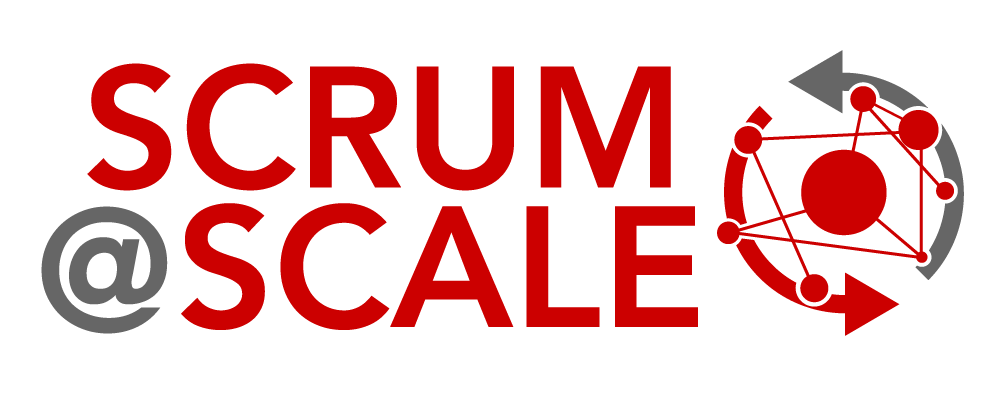Scrum at Scale Case Study
Creating Leadership Buy-in while Scaling Scrum in Banking with Hugo Lourenco
Learn how this Scrum@Scale Trainer helped a large banking organization adapt key components of the Scrum at Scale framework to fit their unique context
Case Study Snapshot
Organization: Unavailable – NDA
Industry: Banking
Org Size: Large
Published: 2018
Website: Hugo’s Scrum Alliance Member Profile
Summary
Think about a multimillion-euro banking company with 115 locations, an ecosystem of eight partners, 2M registered users, etc. In short, it’s a huge organization. Every time the company needed to launch a new product, the time to market averaged 18 to 24 months. Time to launch included almost a year to release, several months of idle time, and six to seven months to fix project mistakes. This company was losing money, momentum, and failing to produce. In this Scrum at Scale case study, Scrum@Scale Trainer (SaST) Hugo Lourenco details his experience scaling Scrum in banking.
Hugo’s first observation was that the alignment between organization areas was not coordinated accordingly. Goals were not aligned with products. Impediments were not being recognized properly. This implied a typical command-and-control structure and lack of good cross-team coordination.
Hugo and his team identified problems, gave insight for moving forward, and enabled Scrum at Scale in banking.
The Scrum at Scale framework was created by Dr. Jeff Sutherland and allows companies to create their own Agile operating system that fits their unique context. Scrum@Scale naturally extends the Scrum framework, and features roles such as Scrum Master, Product Owner, Chief Scrum Master, and Chief Product Owner. Scrum Practitioners and Agilists can learn more about the Scrum@Scale framework by reviewing the Scrum@Scale Guide.
In this Scrum at Scale case study, Hugo started at the executive level. He worked with leaders to develop a clear and compelling strategic vision. Strategic vision is defined in the Scrum@Scale Guide as a critical part of the Product Owner Cycle. It helps to clearly align the entire organization along a shared path forward, describe why the organization exists, and explain what the organization will do to leverage key assets in support of its mission. Hugo started with the leaders to ensure teams could work together toward a common goal.
His finding? Developing a clear and compelling strategic vision helps teams work together towards a common goal.
This was the crux of the way forward because we saw that, although employees sat together, they didn’t work together.
Executive workshops revealed the context and priorities of the organization, including the all-important “why,” “purpose,” “cause,” and “beliefs.” Hugo demonstrated how their current structure in the form of an overwhelming matrix graphic called a Chinese wall, with so many directions that it’s almost impossible not to get lost.
Hugo introduced a new approach: An analogy that features EAT and EMS units poised as satellites around the agile bubble of teams to work on initiatives.
Key Results
- Buy-in from the leadership came from forcing them to discover their own company’s “why.”
- As the company CIO said, “Using Scrum at Sale brought us vision and alignment.”
Who Is Hugo Lourenco
Hugo Lourenco is the founder of Scrumday Portugal®, today Experience Agile® and DevOps Forum, World Agility Forum and Agile21®. He is an entrepreneur and focuses on understanding how companies can develop better ways of working to improve their business outcomes.
Hugo is an experienced Executive and C-Suite consultant with a presence in North American and European markets. He has worked closely with leaders at major companies and has observed many brands experience in embracing Enterprise Agility. According to a 2018 report by McKinsey & Company, Enterprise Agility is crucial for business prosperity; it encompasses increased production speed, adaptation to customer needs, reduced operational costs, and the empowerment of employees. Source.
Hugo Lourenco was trained by Dr. Jeff Sutherland, the co-creator of Scrum and the creator of the Scrum at Scale framework, in July 2018.
